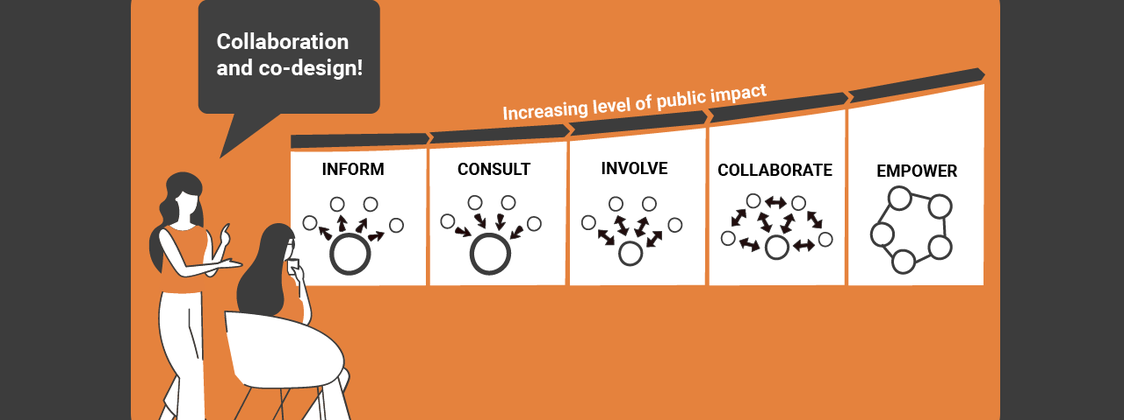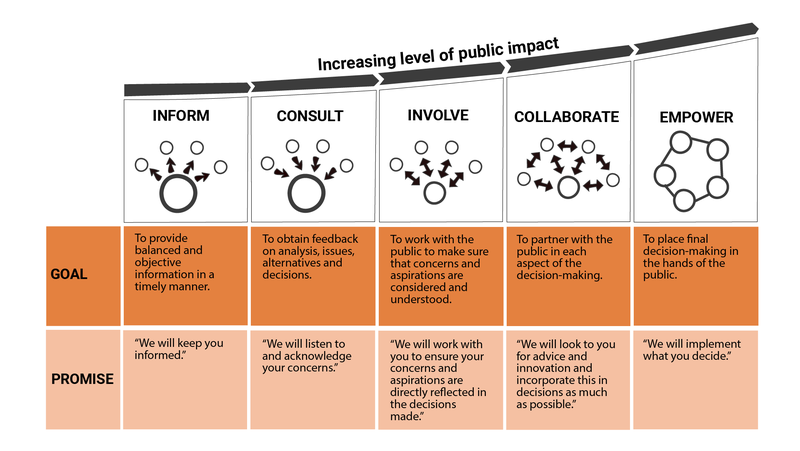Estimating the Impact of Extension Activities
Extension teams are made up of awesome people trying to do amazing things, but how do we measure the impact of the work these teams are doing?
We often hear the terms collaboration and co-design as we plan and undertake projects, but what do these mean in practice?

Written by

Superpower: Eating chocolate
Fixation: Chocolate
Denise leads our extension and training service area. Her work also spans strategy facilitation, and monitoring and evaluation.
Denise has worked in the primary sector for over 25 years, in many roles, including extension officer, facilitator, extension researcher, extension programme designer and evaluator. Extension, a tool for facilitating change, has been a constant in her work. Denise believes that at the heart of any project is people and understanding their responses to change will help ensure that it will be effective.
Working at Scarlatti allows Denise to combine research, design and evaluation, to support clients to facilitate change. And the team is awesome!
Denise has a Masters in Commerce and Management from Lincoln University and a Bachelor of Agricultural Science from The University of Melbourne. Her Masters work explored the concept of involvement in people’s response to information. She is a long-time member of the Australasia Pacific Extension Network (APEN), an organisation for extension professionals working with people to enable change and innovation in the primary industries, natural resource management and communities.
Let’s say you have a project with input from over 240 researchers, extension personnel, farmers, and growers.
The IAP2* Spectrum of Public Participation is a framework used internationally to help determine the level of participation required for the public's role in a public participation process.
Through the collaboration and co-design process, we move from left to right with empowerment being the ultimate goal.

On the left are approaches that require only little or some people involvement as the process is mostly based on providing information and obtaining reactions to that information.
*IAP2 is an international association of members who seek to promote and improve the practice of public participation in relation to individuals, governments, institutions, and other entities that affect the public interest in nations throughout the world.
Collaboration starts on the left with Informing.
Informing – The type of mechanisms used to inform are things like factsheets and websites, which basically just tells people what we’re going to do. Keep in mind that collaboration is a form of participation.
Consultation – When participation moves to consultation, we use methods such as focus groups and surveys to obtain feedback and we say we’ll keep people’s input in mind when we make the decisions.
Involving – When we want to involve people, we can use activities like workshops to ensure their feedback is incorporated.
When we say co-design, we mean engaging all participants equally, so that researchers, extension practitioners, end-users and other key stakeholders are all empowered to make important decisions collaboratively. Co-design includes the approaches on the right-hand side.
Collaboration – This is more like a partnership, and means people are involved in designing, implementing and analysing or overseeing aspects of the decisions. The diagram illustrates that there is a type of participation beyond collaboration.
Empowering – This is where we put decision-making into people’s hands and then we implement those decisions. We need researchers, extension practitioners, end-users, and other key stakeholders within a project to be empowered to make important decisions collaboratively.
Using a collaborative co-design process sounds like an excellent approach because when done well it builds ownership and engagement in the process and the outcomes.
However, it can be challenging in practice because it:
Scarlatti partnered with Enablers of Change and J&R Coutts on an Australian-based project, Designing the Integration of Extension into Research Projects.
The project examined how the agricultural sector can get greater adoption of the outcomes from Research, Development and Extension (RD&E) projects.
The project itself was a collaboration involving Hort Innovation, Cotton Research and Development Corporation, Wine Australia, Eggs Australia, Fisheries Research and Development Corporation, LiveCorp, Dairy Australia, AgriFutures and the NSW Department of Primary Industries (Research and Development Corporations in Australia are the industry levy bodies). We needed to design some practical steps for the organisations involved to consider for future RD&E investments.
We took a co-design approach so, over the course of the project, we had input from over 240 researchers, extension personnel, farmers and growers.
We collected data from various sources such as literature, recent projects, an online survey, and focus groups and used this to run co-design workshops. This meant that at the end of the project we had been able to distil key principles and implementation steps.
We were even able to identify potential risks and flaws through ‘pre-mortem’ workshops with selected end-users and the project reference group. You can see the process we used mapped out below.

Figure 2: The methodology used for the project.
Yes. It took more time, and some of our initial ideas did not make it through to the end, but we are convinced that the collaborative co-design process worked because of the feedback from the advisory group.
The advisory group noted engagement with a range of people involved across the RD&E spectrum and felt the principles we developed could be used in their work.
In addition, we needed a collaboration to deliver the work, hence three partners to deliver the project. We also needed to involve, collaborate with and empower those people who work in the organisations we focused on so that the recommendations were relevant and would help when identifying, procuring and managing RD&E investments.
Watch Designing the Integration of Extension into Research Projects which explains the outcomes available. For more on collaborative co-design, watch Is co-design the same as co-innovation? from enablersofchange.com.au.
Scarlatti’s Extension Programme Design team is led by Denise Bewsell, an award-winning specialist with over 25 years’ experience in extension programme design. We specialise in extension programme des
Visit extension programme design